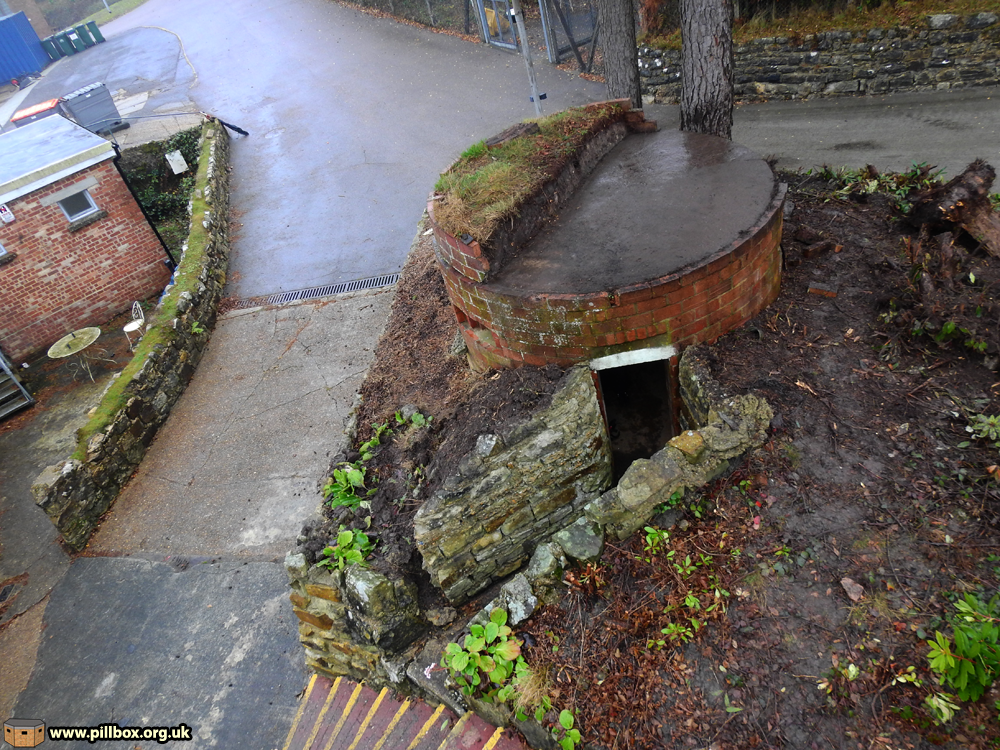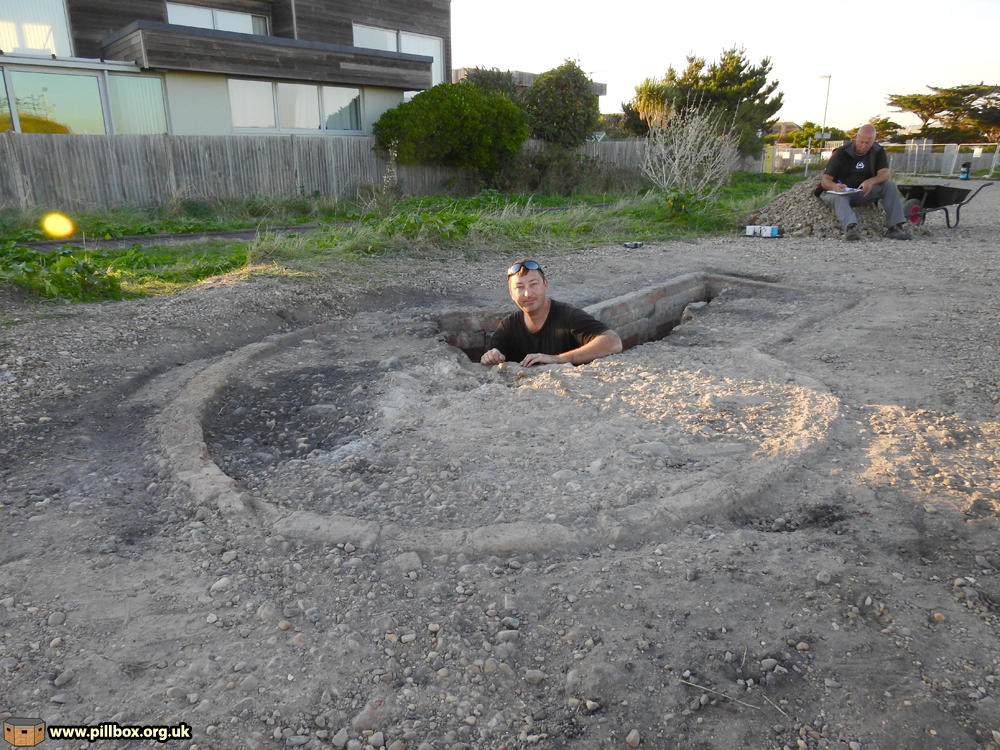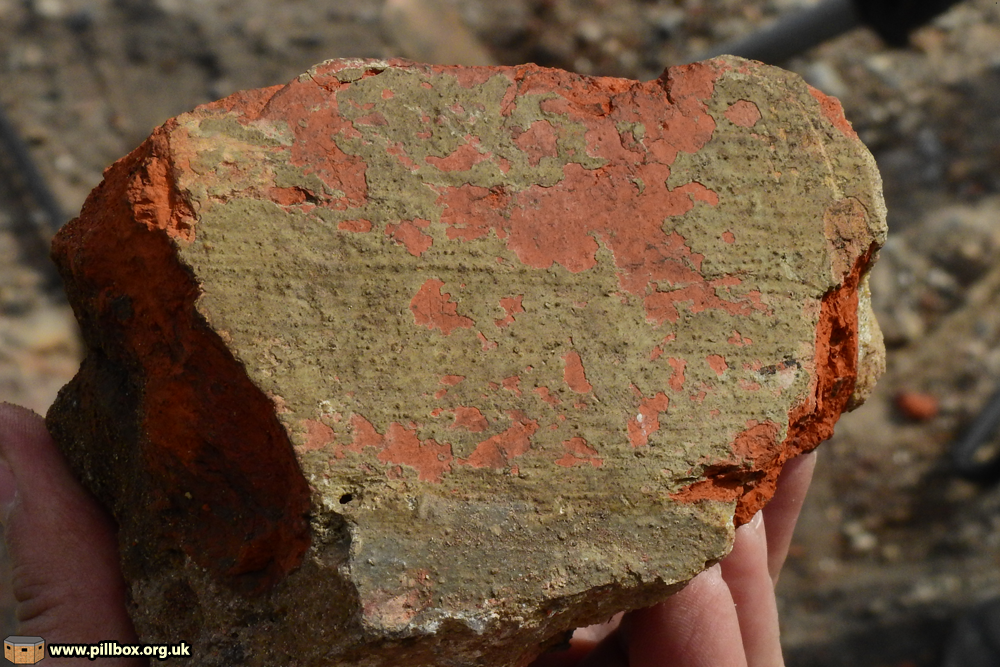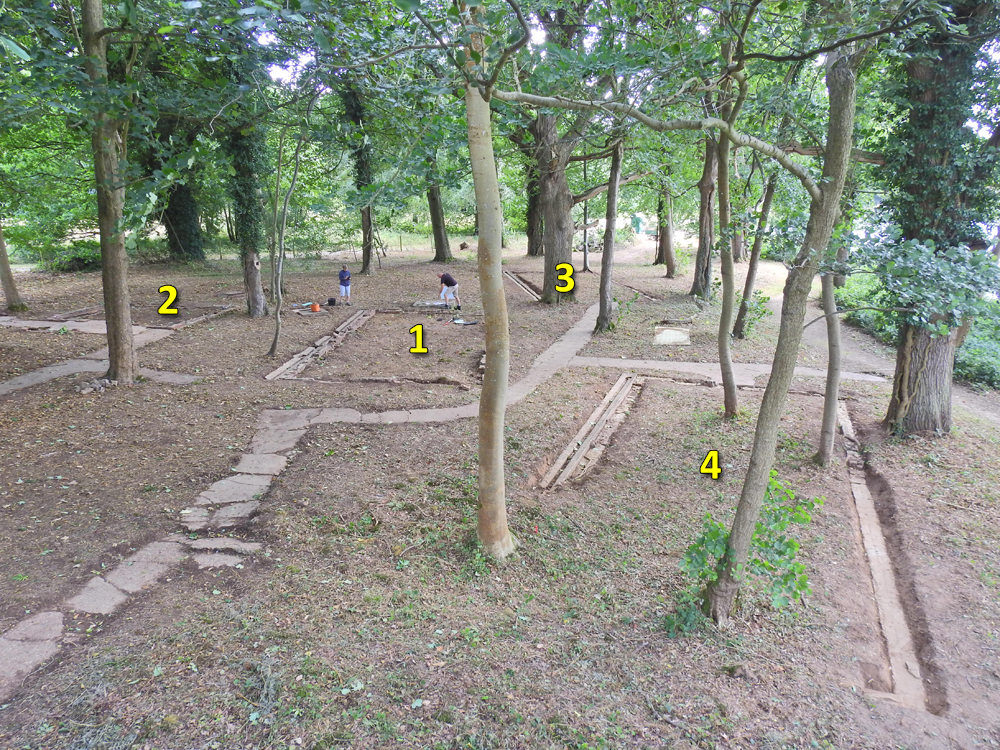Review of 2018
Posted: 31 December 2018 20:26
Before this Christmas, it had been almost two years since I last posted a blog entry. The time since then has been somewhat hectic for me, but hopefully things will be a bit more organised in 2019. Having said that, 2018 has been quite busy; some of my key moments of the year are summarised below.
Martello Tower, Rye Harbour
The start of 2018 saw me helping carry out a survey of Martello Tower 28 at Rye Harbour. Sitting in its dry ditch, the tower was not the most accessible structure I've ever attempted to enter. A ladder climb down into the moat, up into the west window, down into the tower and a final ladder up to the stairs leading to the roof could take an hour.
The interior was in very poor shape, but we managed to record the selected features we were looking for. The tower had been used as an artillery observation post in 1940, and, although no traces of it were left, the view was still there!
Slit trenches on the Ashdown Forest
Military earthworks of the Second World War are often overlooked in the hunt for more obvious concrete defence works. I got carried away one hot day in May and managed to locate and record 103 slit trenches of varying sizes and shapes; my most productive day and one probably never to be equalled! In one area I found a layout ot trenches that was possibly a platoon locality.
Events
I did a few events this year; I was honoured to speak at the Sussex School of Archaeology Symposium in May. We also had our dummy pillbox at a couple of events, with our new historical display set up; we hope to be out and about again in 2019!
Pillbox at Kingstanding
Kingstanding was the location for the Aspidistra transmitter from November 1942. Part of the protection of the site was a brick-shuttered circular pillbox in the centre of the compound. Vegetation had grown up over the years and so we asked Sussex Police (who own the site and use it for training) if we could clean it up and record it. This was kindly arranged by Heritage Crime Officer PCSO Daryl Holter. We cleared the vegetation off, swept the interior and removed some junk. We were amazed to find evidence of a three-tone camouflage paint scheme still in situ! More work is needed to fully record and reconstruct the paintwork pattern.
Spigot Mortar emplacement, Shoreham Fort
In September, we were invited to carry out an excavation to try and determine the nature of a buried structure at Shoreham Fort. It was a brick-lined keyhole shape and our initial thoughts were that it might have been a pit for a light anti-aircraft machine gun, but the excavation revealed a spigot mortar (Blacker Bombard) pit.
Excavation at Sheffield Park
Our biggest (and probably my favourite) project this year was the excavation of a Second World War army camp at Sheffield Park. We had a fantastic team of volunteers from the National Trust (who own Sheffield Park) and Sussex Military History Society.
Over ten days we uncovered the foundations of four buildings, two Nissen huts (note the distinction between the hut and a car manufacturer) and two ablution/toilet blocks. A network of interconnecting paths were also uncovered, revealing some fascinating evidence in the form of footprints. We found some human prints, but perhaps my favourite were some sets of 1941 doggie paw prints frozen in time in the concrete! I quickly borrowed a dog from a passer-by for a comparison photograph!
Rye Harbour pillboxes
Our last project of 2018 was a collaboration with Rye Harbour Nature Reserve and entailed the excavation of one of the pillboxes at the river mouth. The floor was six inches deep in mud, sand and shingle, but after 3 hours our team of volunteers from the reserve and SMHS had shovelled several tons of material out, exposing the original concrete floor.
Well, that's it for this year, but some of the above projects will tick over into 2019, so watch this space!
- Pete

Email:
Blog Latest

Bishopstone reveals its pillbox secrets
18 October 2021

Pillbox or Observation Post?
10 June 2020
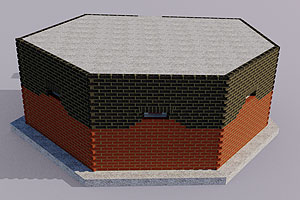
Uncovering the hidden secrets of a pillbox
8 June 2019

Review of 2018
31 December 2018

Wartime Christmas in East Sussex (2)
24 December 2018
Jargon-buster

Martello Tower
Napoleonic gun towers built along the vulnerable coasts of SE England 1805-1812. Most that still stood in 1940 were occupied for military defence, as artillery observation posts or by the Royal Observer Corps. Many towers had a concrete roof added for extra protection.
Pillbox
Generic term for a hardened field defensive structure usually constructed from concrete and/or masonry. Pillboxes were built in numerous types and variants depending on location and role.
Platoon locality
A defended locality intended to be held by a platoon.
Slit trench
Small, narrow trench designed to provide protection against shrapnel and other battlefield hazards. Technically distinct from a weapon pit (which was intended soley as a defensive position) slit trenches were also used as defence works.
SMHS
Sussex Military History Society
This site is copyright © Peter Hibbs 2006 - 2024. All rights reserved.
Hibbs, Peter Review of 2018 (2024) Available at: http://pillbox.org.uk/blog/250796/ Accessed: 27 July 2024
The information on this website is intended solely to describe the ongoing research activity of The Defence of East Sussex Project; it is not comprehensive or properly presented. It is therefore NOT suitable as a basis for producing derivative works or surveys!

















